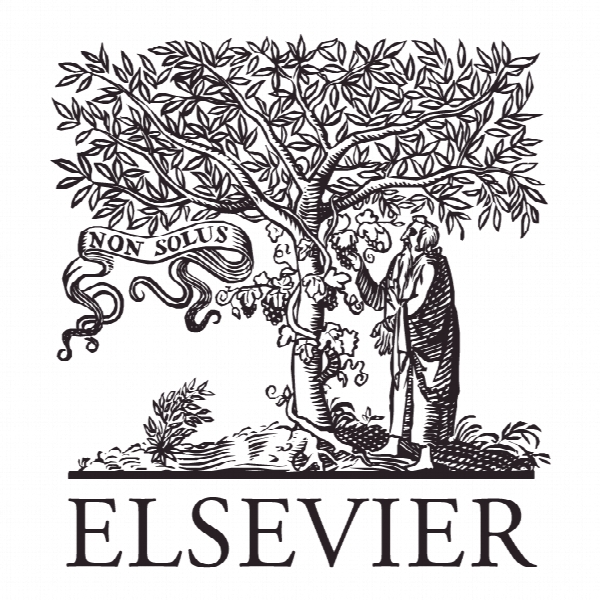درک عوامل تعیین کننده پذیرش بانکداری تلفن همراه: مطالعه طولی در برزیل Understanding the determinants of mobile banking adoption: a longitudinal study in brazil
- نوع فایل : کتاب
- زبان : انگلیسی
- ناشر : Elsevier
- چاپ و سال / کشور: 2018
توضیحات
رشته های مرتبط اقتصاد و مدیریت
گرایش های مرتبط بانکداری
مجله تحقیق و کاربرد تجارت الکترونیک – Electronic Commerce Research and Applications
دانشگاه Depaul University – Chicago – IL – United States
منتشر شده در نشریه الزویر
کلمات کلیدی انگلیسی Emerging technologies; innovation; longitudinal analysis; mobile banking; social influence; trust
گرایش های مرتبط بانکداری
مجله تحقیق و کاربرد تجارت الکترونیک – Electronic Commerce Research and Applications
دانشگاه Depaul University – Chicago – IL – United States
منتشر شده در نشریه الزویر
کلمات کلیدی انگلیسی Emerging technologies; innovation; longitudinal analysis; mobile banking; social influence; trust
Description
1. INTRODUCTION The progress of wireless technologies and mobile devices has enabled the emergence of mobile banking, which has led to flexibility and mobility in the banking sector (Lin, 2011; Luo et al., 2010; Kourouthanassis and Giaglis, 2014). Mobile banking is an innovative technology that allows people to conduct banking transactions without going to the bank, providing benefits for both banks and their customers. Predicting growth in adoption of mobile banking and expecting to reach their customers widely, banks are including mobile banking as part of their strategic investments (Oliveira et al., 2014). However, the level of adoption of mobile banking has been increasing over the years, its adoption rate is still low, and many adopters use it only to check account balances (Federation of Brazilian Banks, 2015; Federal Reserve System, 2015; Mohammadi, 2015; Shaikh and Karjaluoto, 2015). Many factors have been pointed to in the literature as determinants of mobile banking adoption and use (Use). The list of determinants includes Trust, Social Influence (SI), Ease of Use (EU), Personal Innovativeness with Technology (PIIT), and Task Characteristics (Task), among others (Zhou et al., 2010; Lin, 2011; Yu, 2012; Chitungo and Munongo, 2013; Shaikh and Karjaluoto, 2015; Malaquias and Hwang, 2016). Considering these determinants pointed by the literature, the main objective of this research is to analyze mobile banking use in Brazil using a longitudinal approach. In Brazil, a research by the Brazilian Federation of Banks with 20 financial institutions has indicated that the use of Internet and mobile channels is growing year after year, having already overcome the use of traditional channels, including ATMs, branches, and contact centers. Most responsible for this increase in the use of digital channels in recent years is the mobile platform formed by applications installed on smartphones and tablets. However, despite this growth, in 2014, participation in the mobile channel corresponded to only 12% of total transactions (Brazilian Federation of Banks, 2015). Brazil, therefore, can be considered to be a country in which the process of diffusion of mobile banking is still in its early stages. Growth opportunities remain, and there is an expectation of potential increases in the mobile banking adoption rate as well. Diffusion of innovation theory states that time is an important variable in the diffusion process of an innovation (Rogers, 1995). Time is involved in the innovation-decision process in which individuals engage from knowledge of an innovation’s existence until its adoption or rejection. Time is also involved in the innovativeness of an individual compared with other members of a social system. Finally, time is involved in the innovation’s adoption rate.


